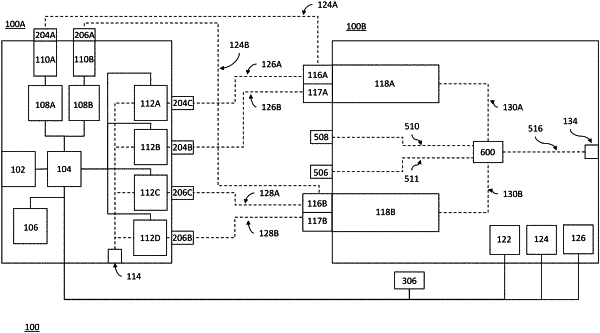| CPC G01N 35/1097 (2013.01) [G01N 1/38 (2013.01); G01N 33/0057 (2013.01); G01N 35/1004 (2013.01); G01N 2001/002 (2013.01); G01N 2001/2893 (2013.01); G01N 2035/00277 (2013.01); G01N 2035/00455 (2013.01)] | 13 Claims |

|
1. An apparatus for generating a trace vapor, comprising:
a controller; and
an oven that includes
a first manifold for receiving a first vapor stream comprising an analyte compound,
a second manifold for receiving a second vapor stream comprising a non-analyte compound,
an output supply port,
an exhaust port, and
a valve communicably connected to the output supply port, the first manifold, and the second manifold, and configured to switch between a first state, in which the first vapor stream in the first manifold is permitted to flow to the output supply port and the second vapor stream is permitted to flow to the exhaust port, and a second state, in which the second vapor stream is permitted to flow to the output supply port and the first vapor stream is permitted to flow to the exhaust port,
wherein the first manifold and the second manifold are removably disposed in a side of the oven, and
wherein the valve is constructed to switch between the first state and the second state in response to an instruction from the controller.
|